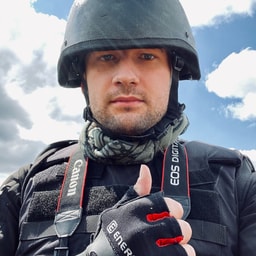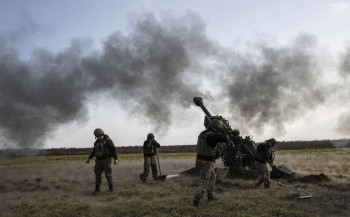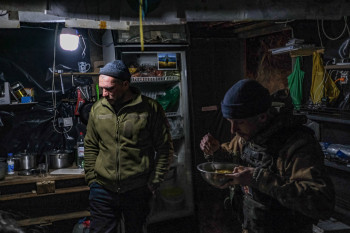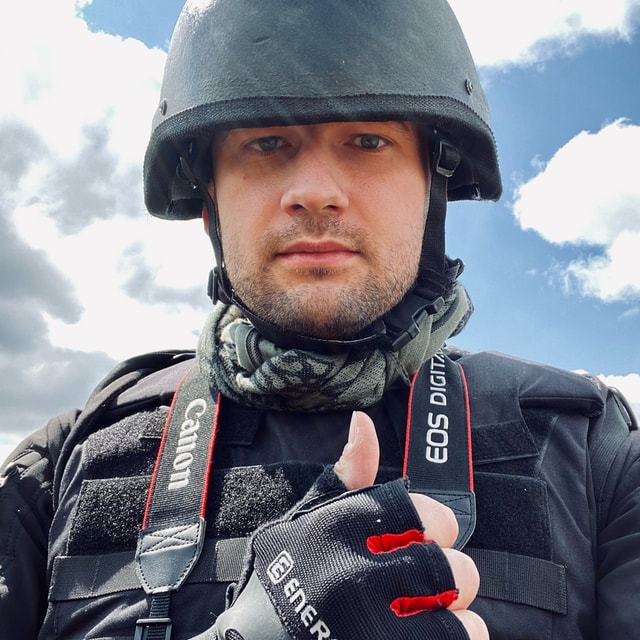How Russia's humiliating defeat in Kherson came to be
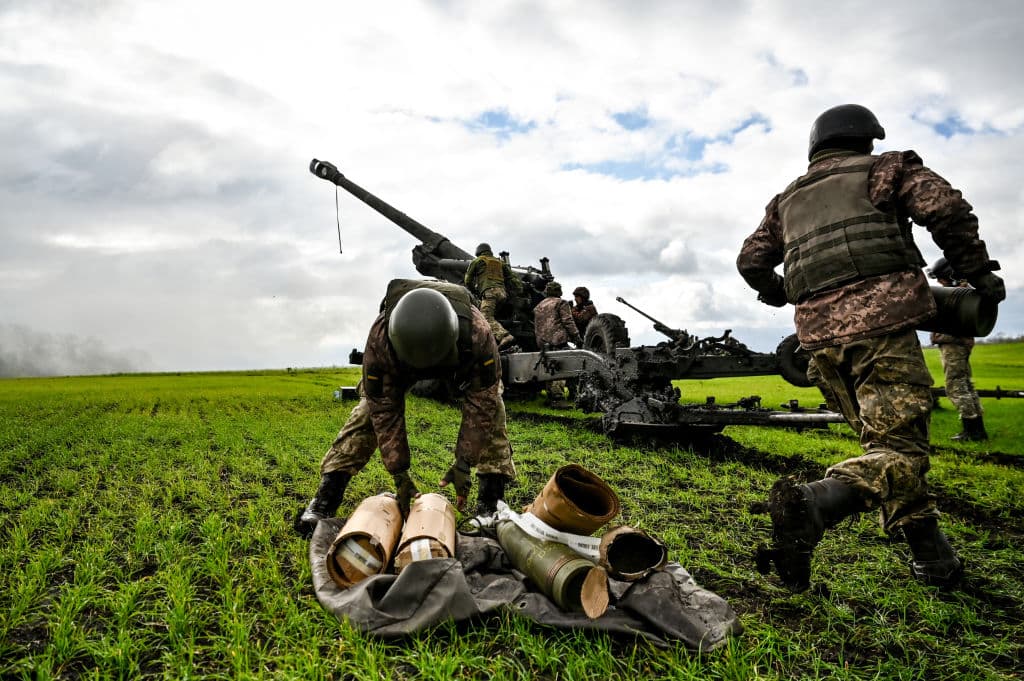
The Russian defeat in Kherson Oblast was almost inevitable — but it happened sooner than many expected.
The Nov. 9 announcement on Russia’s “uneasy decision” to leave Kherson, voiced by General Sergei Surovikin, has drawn the line under a months-long Ukrainian effort to undermine the Russian presence on Dnipro’s west bank.
Ukraine’s military accomplished its most important mission before the coming of wintertime and forced Russia out of the only regional center it managed to seize after Feb. 24.
The loss of Kherson means Russia’s chances to seize Mykolaiv and Odesa were killed. A humiliating defeat for the Kremlin, which a month back claimed sovereignty over Kherson and the region.
The Battle of Kherson is the most far-reaching Ukrainian success since the Battle of Kyiv. It is also the heaviest blow to Russian pride, morale, and Russian President Vladimir Putin’s leadership throughout the war.
The Ukrainian counteroffensive in Kherson Oblast launched in late August did not look too promising for some time. The Ukrainian leadership loudly advertised it as having the potential to break the stalemate and reverse the course of the war.
The Ukrainian offensive followed a months-long campaign to target Russian command and control units, logistics and maintenance centers, munitions depots, ground lines of communications, and most importantly — the Dnipro River crossings.
There have also been attempts to make tactical gains on the southern bank of the Inhulets River, some 60 kilometers northeast of Kherson.
But the tiny foothold never evolved into something truly significant.
On Aug. 29, Ukraine went on the offensive with a large force all along the 100-kilometer frontline section between the Dnipro delta and the Kakhovka Reservoir to the east.
Ukrainian forces were engaging and looking for weak spots in Russian defenses. Incremental tactical gains followed in early September. Yet, no serious breakthroughs that could seemingly evolve into operational or strategic success were spotted.
As it turned out, that was far from what the Ukrainian command was preparing. Amid months of devastating Ukrainian strikes and preparations, the Russian command bought the idea of Kherson being Ukraine’s main and only goal.
In anticipation, Russia sent the strongest reinforcements to the Kherson area, having deployed most of its best Airborne Forces, such as the elite 76th and 106th Airborne Divisions.
And when the time came, Ukraine effectively isolated some 30 Russian battalion tactical groups on the Dnipro west (right) bank. The Antonivsky Bridge and the Kakhovska dam, the only local crossings for the 600-meter-wide river, were rendered totally unusable for significant and fast transportation.
What happened next was the sudden and crushing strike in Kharkiv Oblast in September. Weakened Russian lines just collapsed in chaos within days, ceding back to Ukraine the key cities of Kupiansk and Izium.
Ukraine continued engaging the Russian grouping in Kherson, not letting parts of it fill the gaps on other front lines.
Instead of costly Russian-style ground maneuvers and massive frontal assaults, the Ukrainian command slowly and steadily undermined the Russian ability to continue fighting.
The severe lack of supplies sent via ineffective ferry crossings on the Dnipro made the ongoing Russian presence in the region increasingly expensive and complicated.
And amid such attrition, Russian front-line sectors again tended to slowly degrade and then collapse, ceding to Ukraine swathes of occupied territory.
Thus in early October, Ukrainian forces managed to rapidly advance some 30 kilometers deep into the Russian-occupied territory between the key points of Davydiv Brid and Dudchany, in the northwestern part of Kherson Oblast.
In fact, Western-provided systems M142 and M270 MLRS, as well as a vast stock of M30/M31 rockets available, were responsible for Ukraine’s strong performance in the south.
The combination of massive rocket strikes upon the Russian rear and successful attacks upon their key front locations, such as Davydiv Brid, eventually showed result.
The degradation of Russia’s capabilities and logistics turned out to be enough to make the Kremlin give up.
In his televised speech on Nov. 9, General Surovikin directly admitted the Russian inability to render supplies for its forces in Kherson and the grouping on the right bank.
So facing a choice, despite the city’s great significance, the Kremlin opted for letting its military withdraw via weak ferries in good order before it was too late.
As of Nov. 10, Ukrainian forces were slowly entering towns and cities left by the Russians, closing in on the regional capital.
The battle in the south is entering a new stage in which Russia takes the new barrier along the left bank of the Dnipro, seeing Kherson under Ukrainian control on the other side.
“The Russian withdrawal from the west bank of the Dnipro is unlikely to be a trap meant to lure Ukrainian troops into costly combat near Kherson,” as the Institute for the Study of War, a U.S.-based think tank, said on Nov. 10.
“Russian commanders will certainly attempt to slow Ukrainian advances to maintain an orderly withdrawal, and some forces may remain to delay Ukrainian troops in Kherson itself — but this fighting will be a means to the end of withdrawing as many Russian units as possible in good order.”
According to the latest reports from the ground, Russia might have failed to do so as well.
Note from the author:
Hello! My name is Illia Ponomarenko, the guy who wrote this piece for you.
I hope you found it useful and interesting. I work day and night to bring you quality stories from Ukraine, where Russia is waging the biggest war in Europe since WWII. My little homeland, Donbas, is now the site of the worst fighting. We are helping to keep the world informed about Russian aggression. But I also need help from every one of you — to support Ukrainian wartime journalism by donating to the Kyiv Independent and becoming our patron. Together, we can help bring peace to Ukraine.
